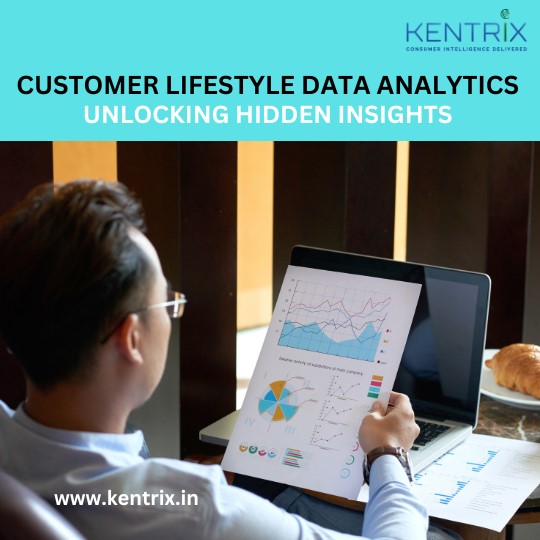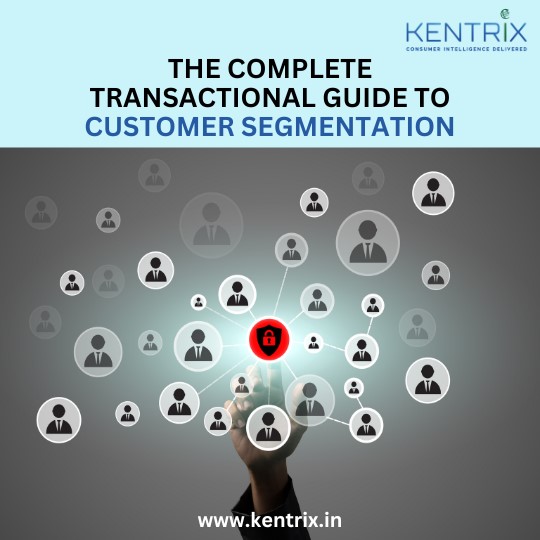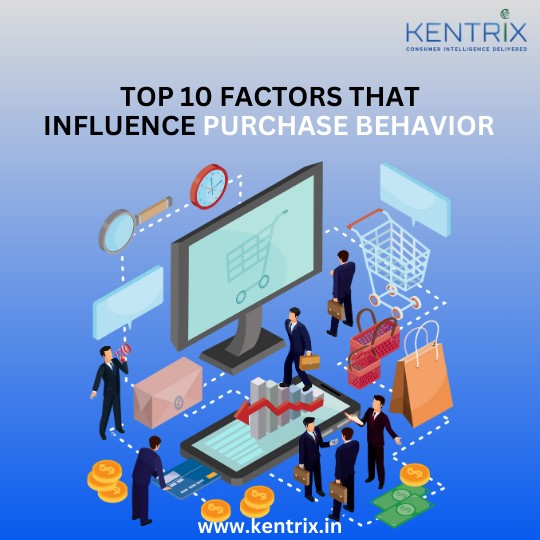In today’s highly competitive retail landscape, data is the new currency. Businesses that leverage data-driven insights gain a strategic advantage over their competitors. Business Intelligence in Retail plays a crucial role in helping retailers make informed decisions, optimize operations, and enhance customer experiences. By transforming raw data into actionable insights, BI empowers retailers to improve sales performance and achieve sustainable growth.
Understanding Business Intelligence in Retail
Business Intelligence (BI) refers to the use of technology, analytics, and data-driven strategies to analyze business operations and consumer behavior. In retail, BI helps businesses collect, process, and interpret vast amounts of data from various sources, such as sales transactions, customer interactions, inventory levels, and market trends.
Retailers can use BI tools to track performance metrics, identify sales patterns, and predict future trends. With real-time data and visualization tools, decision-makers can quickly respond to changing market conditions and customer demands.
The Impact of Business Intelligence on Retail Sales and Growth
1. Enhancing Customer Experience
One of the most significant benefits of Business Intelligence in Retail is the ability to understand customer behavior. BI tools analyze purchasing habits, preferences, and demographics, enabling retailers to create personalized shopping experiences.
For example, by using BI-driven customer segmentation, retailers can send targeted promotions and recommendations based on previous purchases. This level of personalization increases customer engagement and fosters brand loyalty, ultimately driving higher sales.
2. Optimizing Inventory Management
Stock management is a critical challenge in retail. Overstocking leads to increased storage costs, while understocking results in lost sales. BI solutions provide retailers with accurate demand forecasting, helping them maintain the right inventory levels.
By analyzing historical sales data and market trends, BI tools enable retailers to predict product demand and adjust stock accordingly. This reduces inventory waste and ensures that popular products are always available to meet customer demand.
3. Improving Pricing Strategies
Pricing plays a crucial role in influencing consumer purchasing decisions. Business Intelligence enables retailers to implement dynamic pricing strategies by analyzing competitor pricing, demand fluctuations, and customer behavior.
With BI-powered pricing optimization, retailers can set competitive prices that maximize profitability while maintaining customer satisfaction. They can also run A/B testing to determine the most effective pricing strategies for different products and customer segments.
4. Streamlining Supply Chain Operations
A well-optimized supply chain is essential for retail success. BI tools provide real-time visibility into supply chain operations, allowing retailers to track shipments, monitor supplier performance, and detect inefficiencies.
By leveraging BI-driven insights, retailers can identify bottlenecks, reduce delivery delays, and optimize distribution routes. This leads to cost savings and improved operational efficiency, ensuring that products reach customers faster.
5. Enhancing Marketing Effectiveness
Traditional marketing approaches often rely on guesswork. However, Business Intelligence in Retail allows retailers to measure the effectiveness of their marketing campaigns with precision.
BI tools analyze customer interactions, social media engagement, and conversion rates to determine which campaigns generate the best results. Retailers can use these insights to allocate their marketing budgets more effectively and focus on strategies that drive higher returns on investment (ROI).
6. Detecting Fraud and Reducing Losses
Retail businesses face various risks, including fraud and operational losses. BI solutions use advanced analytics to detect suspicious activities, such as unauthorized discounts, fraudulent transactions, or inventory discrepancies.
By implementing BI-driven fraud detection systems, retailers can minimize losses and enhance security measures. This helps protect revenue and maintain the integrity of business operations.
How Kentrix Can Help Retail Businesses
Kentrix is a powerful Business Intelligence platform that provides retailers with data-driven solutions to enhance sales and operational efficiency. By leveraging advanced analytics, Kentrix helps retail businesses unlock the full potential of their data.
1. Location Intelligence:
Their Geomarketeer tool helps retailers identify successful locations, determine the right product mix for a specific area, and optimize new site selection. It also provides point-of-interest data for better targeting and assists in benchmarking and forecasting sales performance.
2. Targeted Online Advertising:
Kentrix enables retailers to target specific income groups and consumer segments online, leading to improved upselling, cross-selling, cohort building, and potentially a 60% funnel improvement with a 50% reduction in campaign costs.
3. Consumer Behavior Understanding:
Using their LSI® (Lifestyle Segmentation India) tool, Kentrix helps retailers understand consumer personas based on lifestyle affinities, beliefs, behaviors, and socio-economic aspirations, rather than just economic classification. This analysis is based on 40+ spending categories mapped against household income.
4. Market Expansion and Optimization:
Kentrix helps retailers identify untapped markets and areas with high growth potential. It can analyze competitor locations and market saturation to inform expansion strategies. By understanding consumer demographics and spending patterns, retailers can optimize store layouts and product assortments for specific locations.
5. Customer Segmentation and Personalization:
Beyond basic demographics, Kentrix’s LSI® allows for deep customer segmentation based on lifestyle, values, and aspirations. This enables highly personalized marketing campaigns and customer experiences. Retailers can use this data to tailor loyalty programs and promotions to specific customer segments.
6. Real Estate and Site Selection:
Kentrix’s location intelligence tools can evaluate the viability of potential retail locations by analyzing factors such as foot traffic, demographics, and competition. It can help retailers identify optimal locations for different store formats, such as flagship stores, convenience stores, or pop-up shops.
7. Supply Chain Optimization (Indirect):
While not a direct supply chain management tool, Kentrix’s location data can help optimize distribution and logistics by identifying optimal warehouse and distribution center locations. By understanding the location of the target market, it can help with inventory placement.
8. Performance Analysis and Benchmarking:
Kentrix provides tools for analyzing store performance and benchmarking against competitors. Retailers can use this data to identify areas for improvement and optimize operational efficiency.
9. Omnichannel Strategy:
By understanding the customer on a very granular level, it allows retailers to create a much more targeted omnichannel experience. By knowing where customers live, and what they like, the online and offline experience can be much better connected.
Also Read: Hit Your Bullseye: The Power of Targeted Marketing Strategies
The retail industry is evolving rapidly, and data-driven decision-making has become a necessity for sustained success. Business Intelligence in Retail empowers businesses to optimize operations, enhance customer experiences, and drive sales growth.
With powerful BI solutions offered by Kentrix, retailers can gain a competitive edge by leveraging real-time insights, predictive analytics, and advanced reporting tools. By adopting a data-driven approach, retail businesses can navigate market challenges effectively and achieve long-term profitability.
Investing in Business Intelligence is no longer optional—it is the key to thriving in the modern retail landscape.









